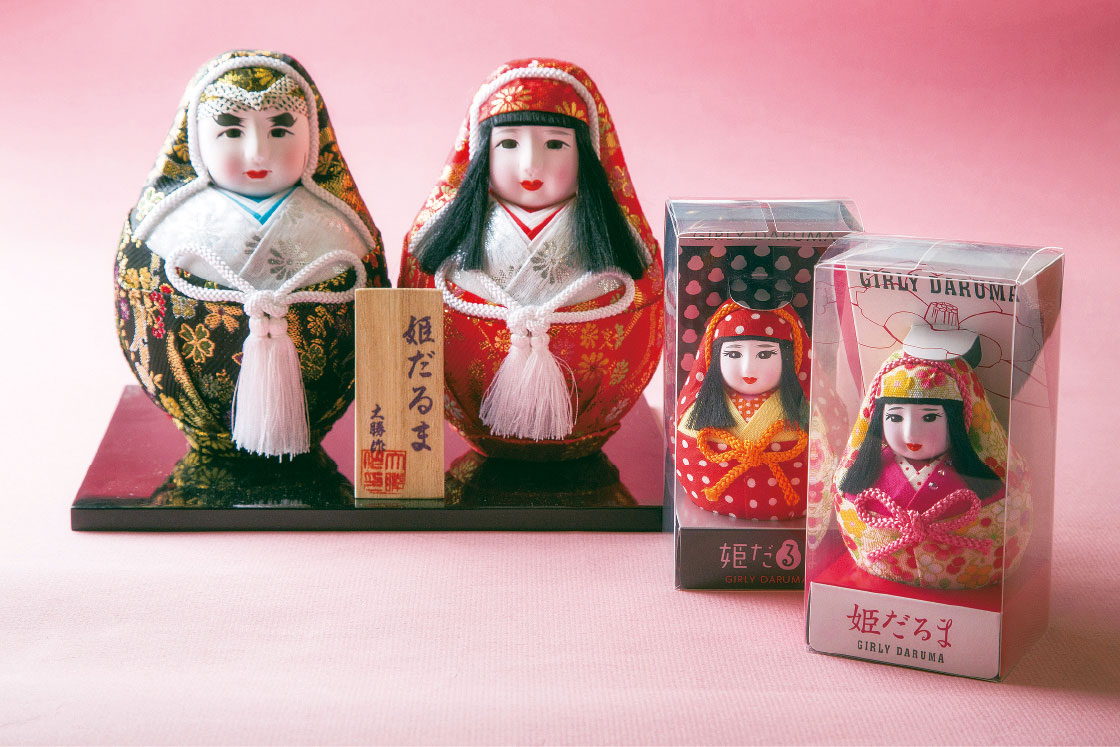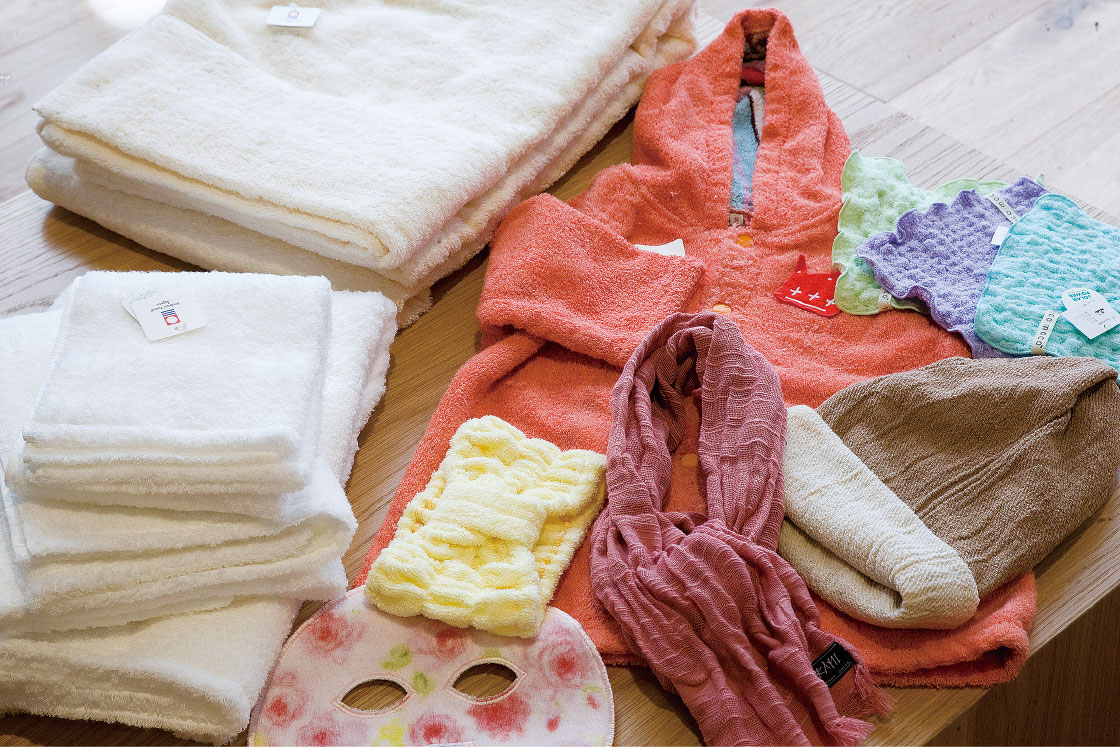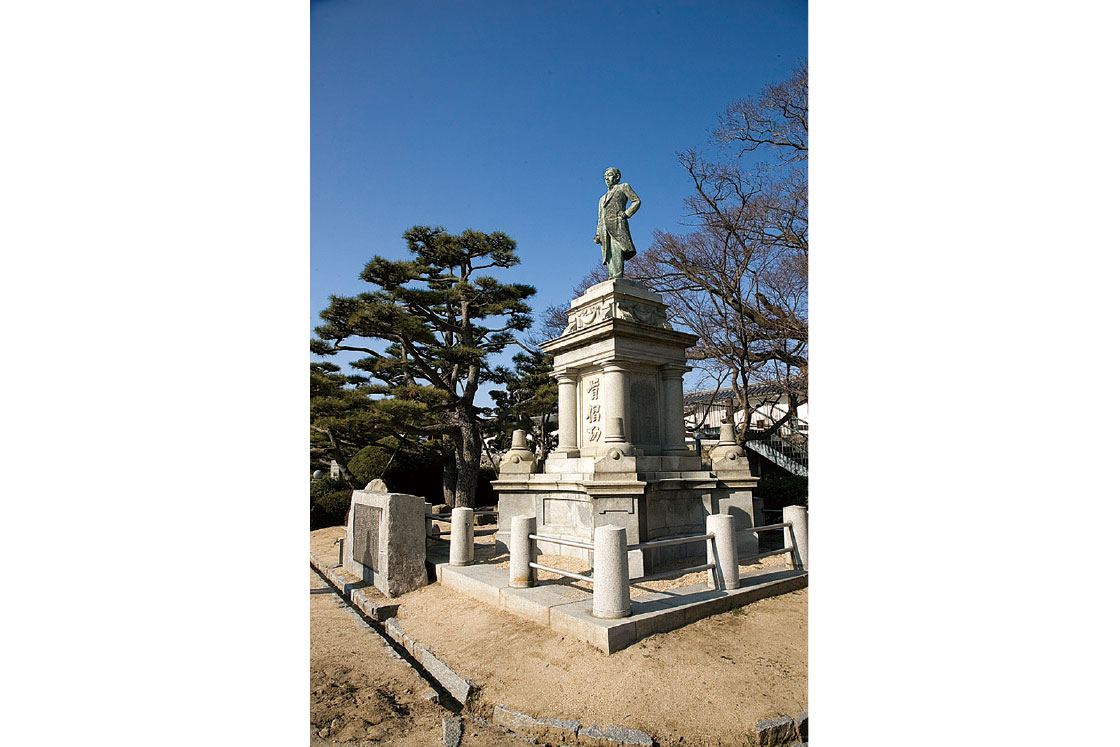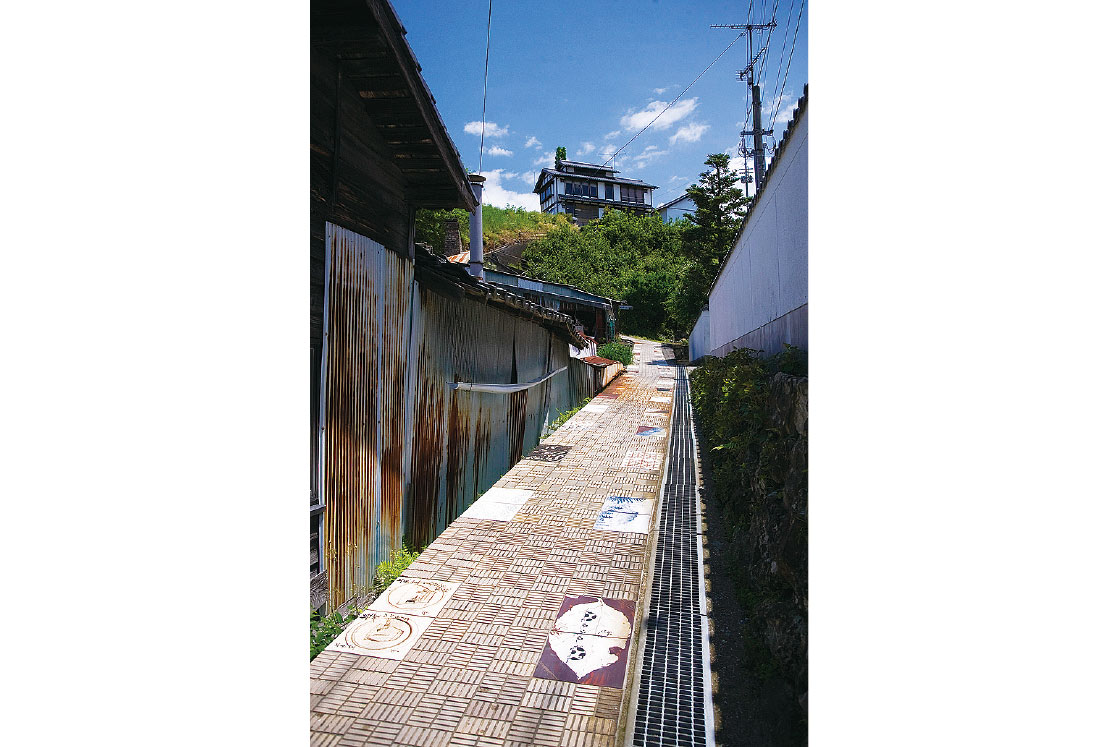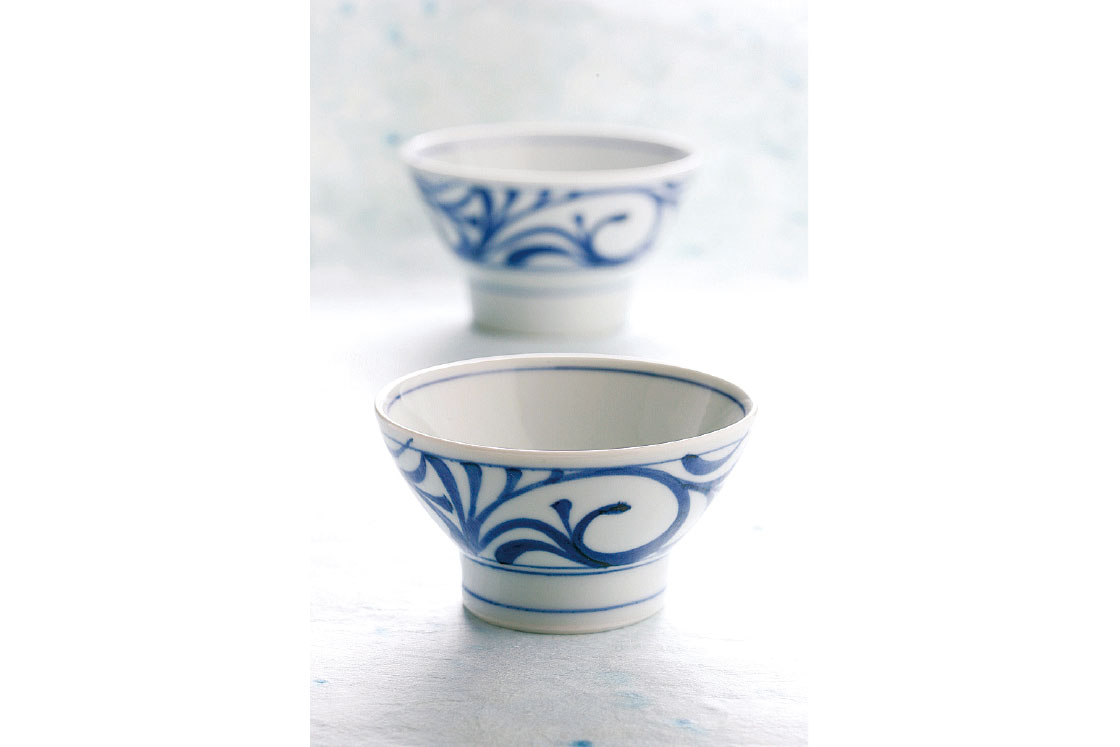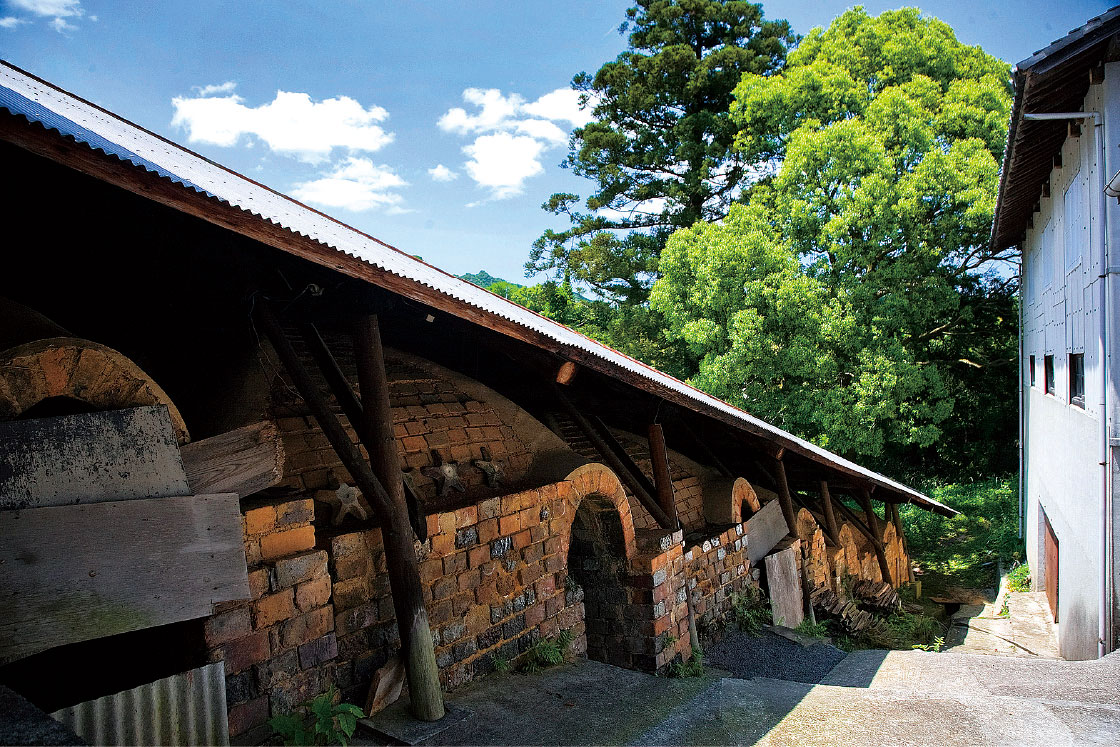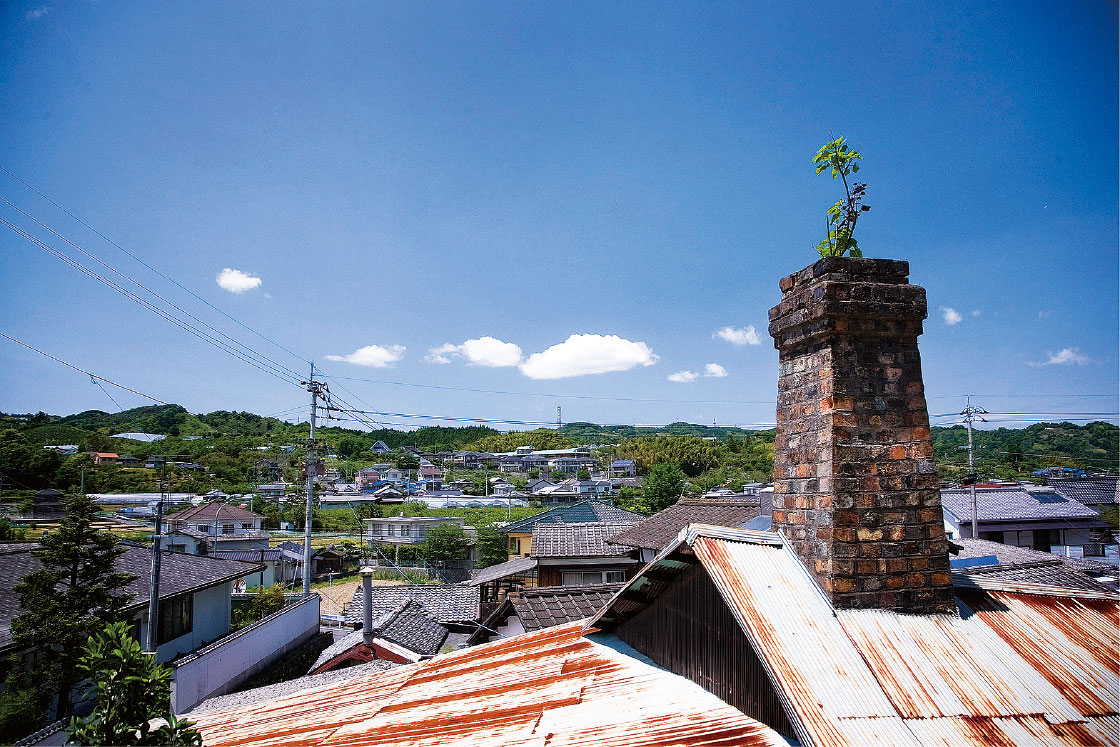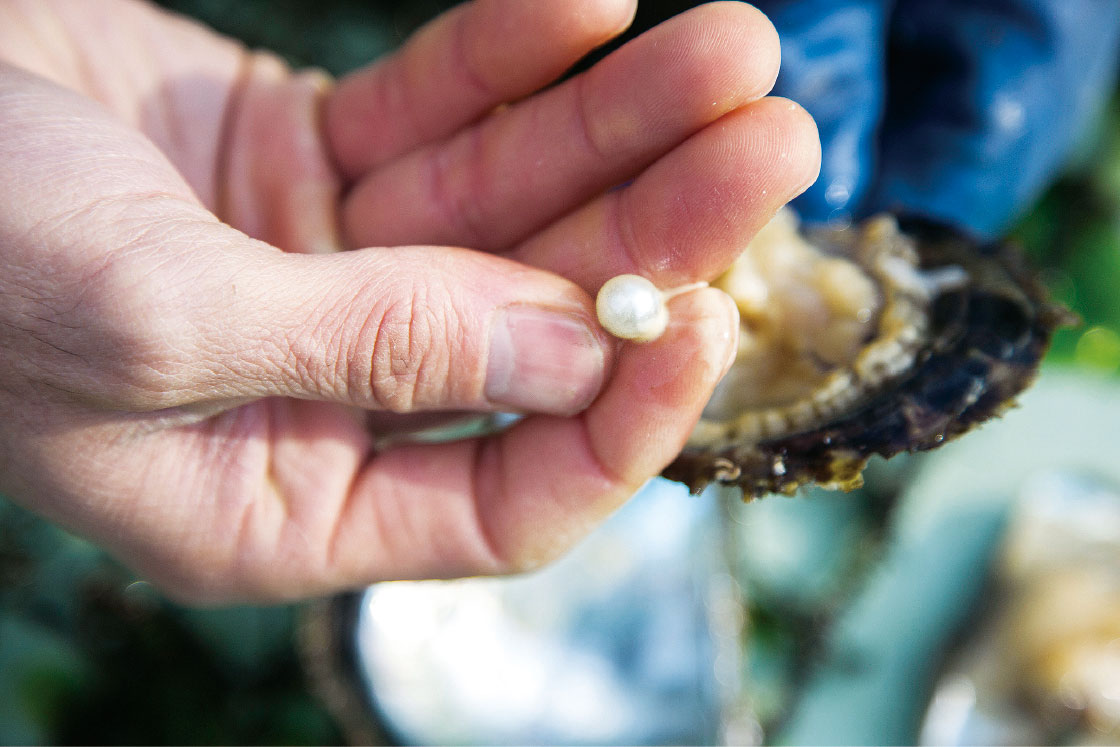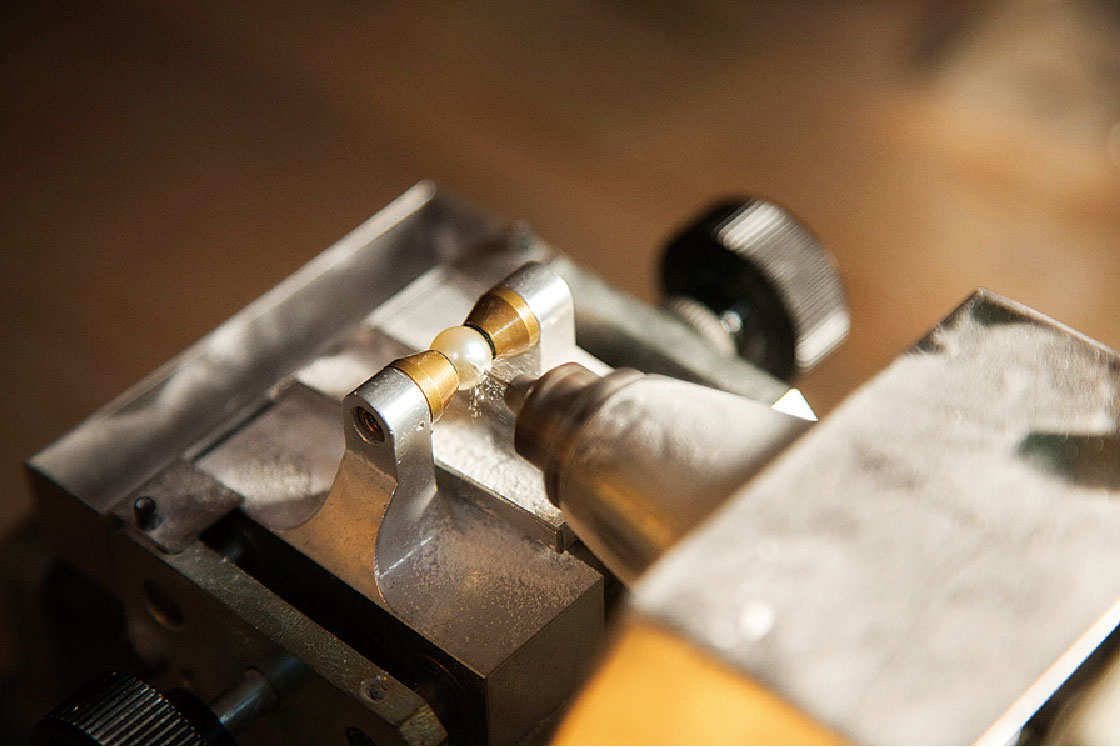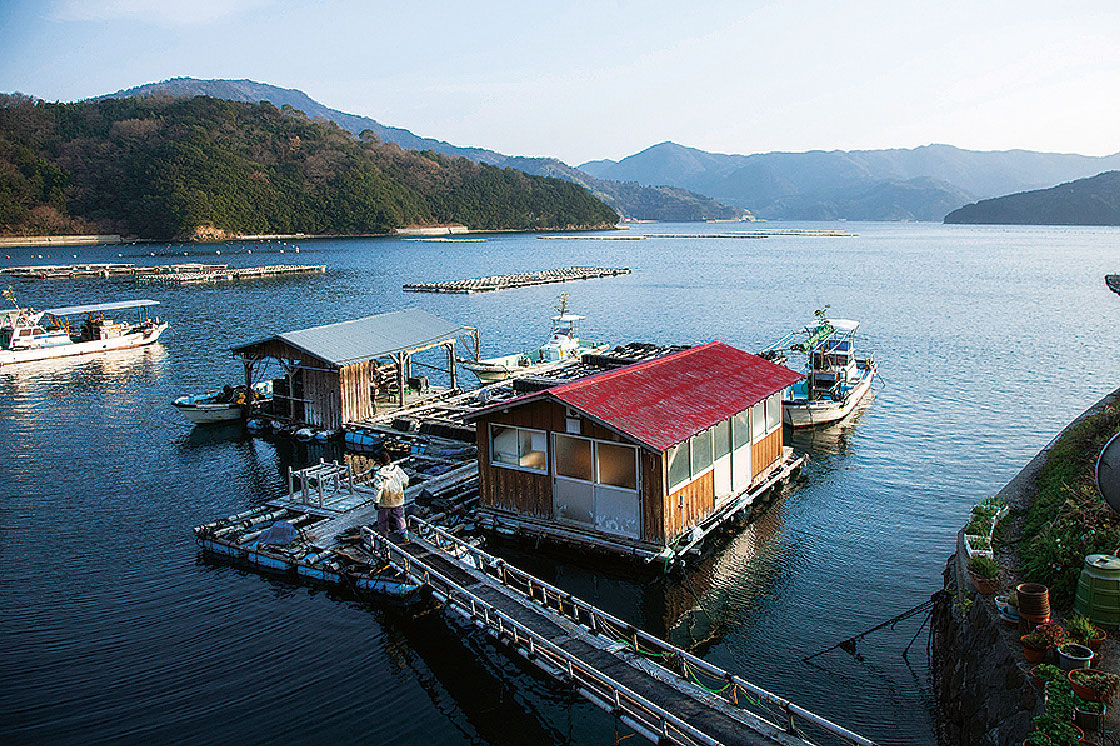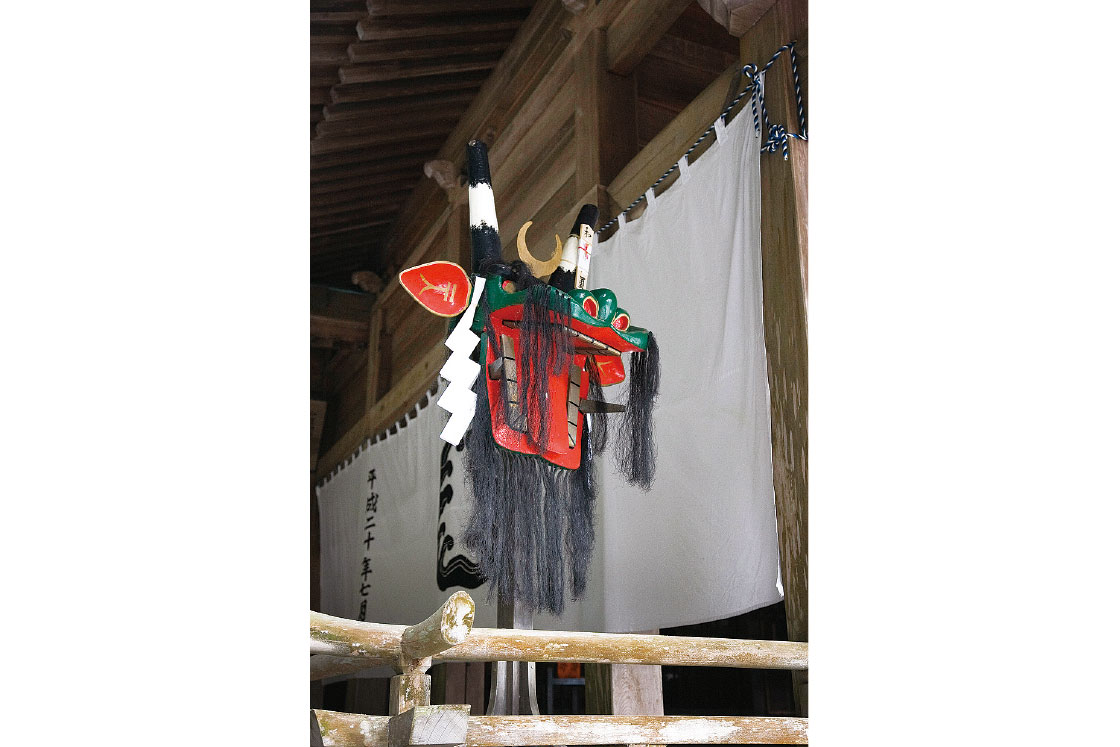
Ehime, with its beautiful name derived from the myth of the birth of the country in the Kojiki (Records of Ancient Matters), is a treasure trove of traditional products nurtured by its rich nature and culture.
This database presents a wide range of attractive products, including not only such products, but also outstanding products that have been infused with new sensibilities while continuing the traditions of Ehime.
We sincerely hope that these "SUGOMONO" of Ehime will be used and handled by many of you as a product that enriches your life, or as a gift or a souvenir.
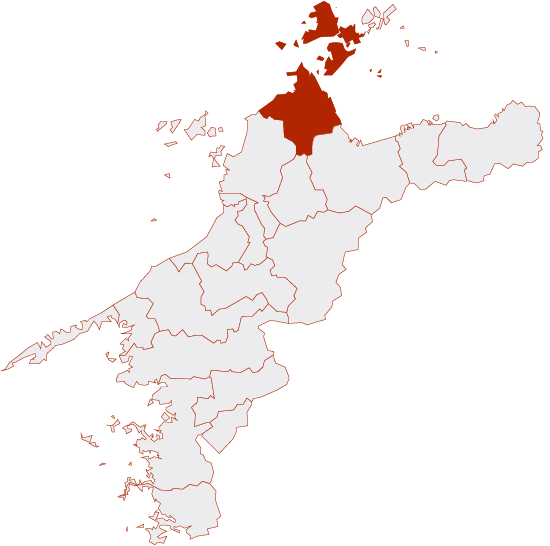
The story of Imabari towels that started with Iyo cotton and was nurtured by the rich water and climate
The sea area around Imabari City, which faces the fast-flowing Kurushima Strait, used to be an important maritime transportation hub between the Kansai region and Kyushu. It is said that many people and goods used to come and go as a result. The city is blessed with a warm and dry climate, and cotton has been actively cultivated since the Edo period. White cotton, woven by hand, was sent all over Japan under the name of "Iyo cotton". However, in the Meiji period (1868-1912), when products from Osaka and Hyogo came to dominate the market, Yayano Shizaburo developed "Iyonel". In 1894, Heisuke Abe started manufacturing towels. In 1910, Tsunesaburo Fumoto developed a loom with high productivity, and in the late Meiji period, Chuzaemon Nakamura invented the yarn-dyed yarn-dyeing technique (dyeing the yarn and exposing it to water) and introduced a Jacquard weaving machine. He introduced jacquard weaving machines and increased the variety of colors and patterns to improve the design.A large amount of water is used in each process, such as bleaching, dyeing, and gluing, and the Aosha River, which originates in the Takanawa Mountains, flows through Imabari. Thanks to the soft water and low metal ion content, soft textures and vivid colors can be expressed. The fact that yarns and fabrics can be dried in the sun was also a tailwind.
Later on, Imabari towels, such as towelettes and towel handkerchiefs, became available in a wide variety of products, and the city's reputation as the number one towel-producing region in Japan was firmly established.
In 2006, Imabari was designated as a "Japan Brand Development Support Project" subsidized by the Ministry of Economy, Trade and Industry, and has been branding its towels in line with the times. The company has introduced new initiatives, such as the Towel Sommelier Qualification Test, and has been promoting its high-quality towels and advanced designs.
Imabari towel
Imabari City
Imabari City, blessed with the Seto Inland Sea, is composed of a land area on the Takanawa Peninsula and an island area on the Geisei Islands. The city is known for the activities of the Murakami navy during the Middle Ages, and has many historical assets such as Oyamazumi Shrine and the ruins of the Suigun Castle. The city's shipping industry has long been developed as a key location for maritime traffic in the Seto Inland Sea, and the cultivation of citrus fruits and fishing are thriving, taking advantage of the natural environment with lush green mountains and the beautiful Seto Inland Sea. Traditional industries such as Sakurai lacquerware and Kikuma tiles are also famous.
- Area
- 419.13 km2
- Total population
- 158,114 people
- City Tree
- Kusunoki
- City flowers
- Azaleas
- Population density
- 377.2 people per square mile
(Census 2015)
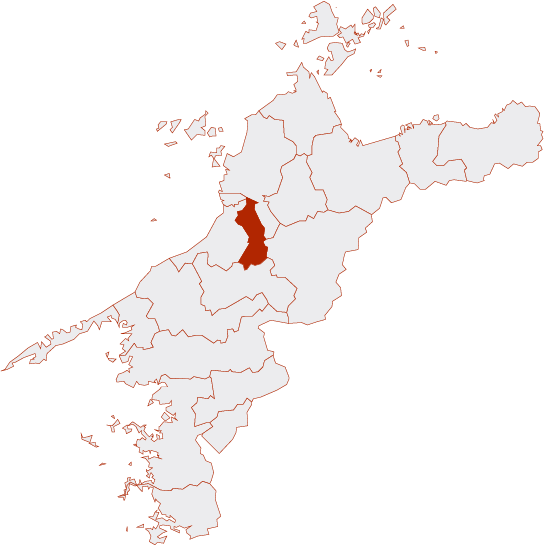
More than 100 potters are developing new initiatives while preserving tradition
What comes to mind when one hears the word "Tobe Yaki" is bowls and plates made of white porcelain dyed with indigo Gozu dye and decorated with arabesque and sun patterns. This type of porcelain, one of Japan's most famous products, originally began its history as pottery. Its name was first recorded in 1740 in "Ozu Hiroku," a collection of articles written in the fifth year of the Genbun era (1740). During the An'ei era (1772-1781), the Ozu clan's policy dictated a shift from earthenware to porcelain. In the town of Tobe, which produced high quality Iyo Toji, the clan decided to make a profit by making good use of the grinding wheel waste. The surrounding mountains are lush with an abundance of red pines, which are used as fuel for the kilns, and the gently sloping hills are perfect for the development of climbing kilns. Taking advantage of these favorable conditions, Takeyuki Sugino, who was ordered to develop porcelain, succeeded in firing porcelain in 1777 after repeated trial and error.Later, with the excavation of Kawatobori pottery stones and the development of new kilns, more than ten kilns were established in Toibe Town between 1848 and 1855. Kurawanka bowls, born during this period, were valued by restaurants operating on the Osaka Yodo River*. Because it had a wide base and was easy to hold, food could be easily served on the unstable boat. During the Taisho era (1912-1926), the "Iyo Bowl" was a hit when it was exported to Asia, and after the war it was discovered by Yanagi Muneyoshi and Bernard Leach, who were involved in the Mingei (folk art) movement, and their advice led to a return to the Edo period and a revival of traditional tastes. Today, the number of young artists and female artists is increasing, giving a new wind to the village of pottery while preserving its traditions.
焼物のさと
Tobe Town
Located in the center of Ehime Prefecture, the city is home to a rich culture and history. The city has developed as a bedroom community for Matsuyama City and is home to major prefectural facilities such as Tobe Zoo and Ehime Children's Castle. In the north, oranges are grown by taking advantage of the warm climate, and in the south, highland vegetables and jenjo (Japanese peasants) are grown by taking advantage of the natural conditions of the mountainous region. In early summer, fireflies can be seen in the scenic spots such as Senba Valley and Gongenyama, and at the headwaters of clear water.
- Area
- 101.59 km2
- Total population
- 21,239 people
- Tree of the town
- Kunugi
- Flower of the town
- Ume
- Population Density
- 209.1 people per square mile
(Census 2015)
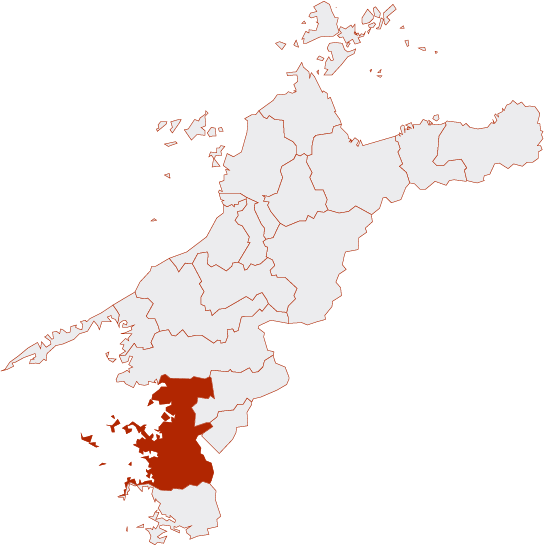
The castle town is associated with the Ito family, whose unique geography made it the number one pearl production area in Japan.
Uwajima City has developed as a central city in Nanyo since the modern era. Traces of its history, including the famous Uwajima Castle, can be seen in many places in Uwajima City, where the city once flourished as a castle town associated with the Date family. On the other hand, a glance at the sea reveals a series of deep inlets and coves made up of rias facing the Uwakai Sea, which offer scenic views. This sea topography is suitable for pearl cultivation, and in 1907, Akoya pearls were purchased for the first time, and in 1915, pearls were successfully cultivated in the round shape. Since then, more and more people have become involved in pearl farming, and Uwajima has become the largest pearl farming area in the world. In 1978, Uwajima became the largest producer of pearls in Japan. The island has attracted attention both in Japan and abroad, not only for its numbers, but also for its high quality.However, it has not always been smooth sailing. There have been a number of natural disasters that have severely damaged pearl farming. However, those involved in the project took pride in being Japan's representative pearl-producing region and faced up to the difficulties. Currently, the city is working on the branding of "Pearl City of Uwajima" with the aim of making pearls more familiar to the local community, and has launched the "Pearl Biz" campaign to promote its specialty products by having employees wear pearl products at work. The city hall announced the campaign, and it is spreading throughout the prefecture. Also, in honor of the 30th anniversary of the marriage, which is called "Pearl Wedding Ceremony", the city is holding a "Pearl Wedding Ceremony" to collect love letters from couples who are celebrating their 30th year of marriage from all over Japan.
Small pearls are born from the bountiful Uwa Sea. Their brilliance never ceases to fascinate people.
真珠のまち
Uwajima City
Uwajima City, located in southwestern Ehime Prefecture, is characterized by a typical rias coastline with a complex mixture of inlets and peninsulas. The city is known for its fishing industry, and is one of the nation's leading producers of pearls, sea bream and hamachi (yellowtail). Citrus cultivation also flourishes in the terraced fields that stretch along the coastline. Uwajima is also dotted with spots such as Tenmonien and Warei Shrine under Uwajima Castle where visitors can get a sense of Uwajima's history, as well as many restaurants that specialize in local cuisine such as Uwajima taimeshi, jako-ten and satsuma.
- Area
- 468.16 km2
- Total population
- 77,465 people
- City Tree
- Ubamegashi
- City flowers
- Mandarin oranges
- Population Density
- 165.5 people per square mile
(Census 2015)
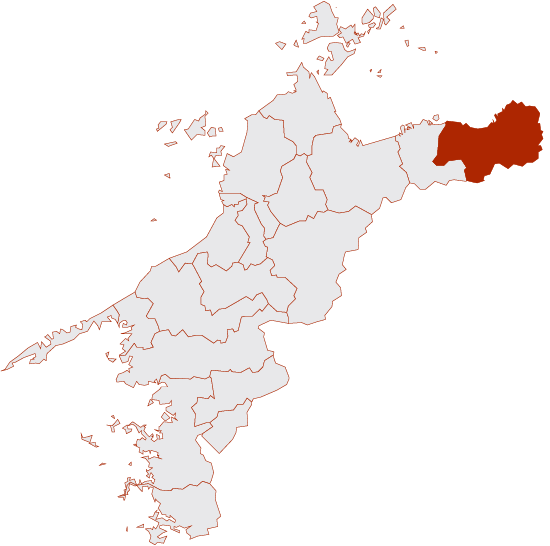
Colorful decorative cords from the Heian period
Mizuhiki is produced mainly in Shikoku Chuo City. Mizuhiki is said to have originated in the Heian period (794-1185), when it was first made in Motoyui, a type of decorative string made by drying dried washi paper in the shape of a string and water glue. It is said that mizuhiki developed in this region because of the abundant water of the Douzan River and the kozata paper mulberry and mitsumata, which are the raw materials for washi in the mountains of the Hoho Mountains. Today, mizuhiki is not only used in ceremonial offerings, but is also popular in modern arrangements such as brooches and hair ornaments.
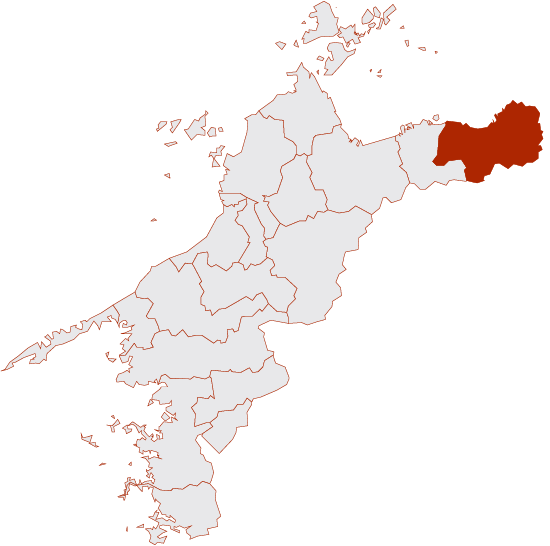
Shikoku Chuo City is the number one paper city in Japan
The movie “Calligraphy Girls!! Our Koshien” made Shikokuchuo City become famous as a "paper town," is proud to be the number one city in Japan for shipments of pulp and paper and processed paper products (according to the 2016 Economic Census Activity Survey). The city is home to a wide variety of products, from paper manufacturers to paper processors, and is said to be able to produce anything but stamps and banknotes. Some of the products are based on advanced, cutting-edge technology.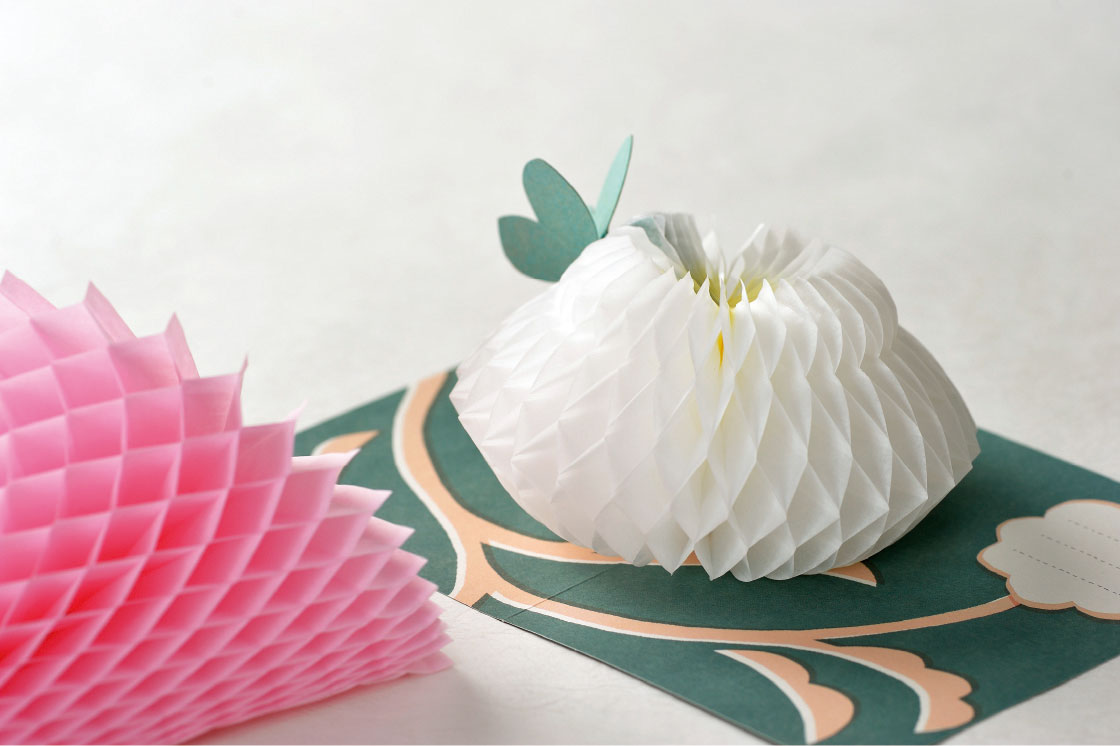

Feel the weight of tradition and the warmth of human hands
The three Yamato paper production areas in Ehime Prefecture are Shikokuchuo City and Uchiko Town, and the Shuwa area in Saijo City. In particular, Iyo handmade paper in Shikokuchuo City has a history of more than 200 years, and in the middle of the Meiji era (1868-1912), "Iyo Shinko Washi" was born. On the other hand, Ozu Washi from Uchiko-cho and other areas is designated as a traditional craft of Japan, and is recorded in "Engishiki" (Engi-Shiki) of the Heian period. The town continues to produce a variety of washi, including calligraphy paper, which is loved by calligraphers all over Japan.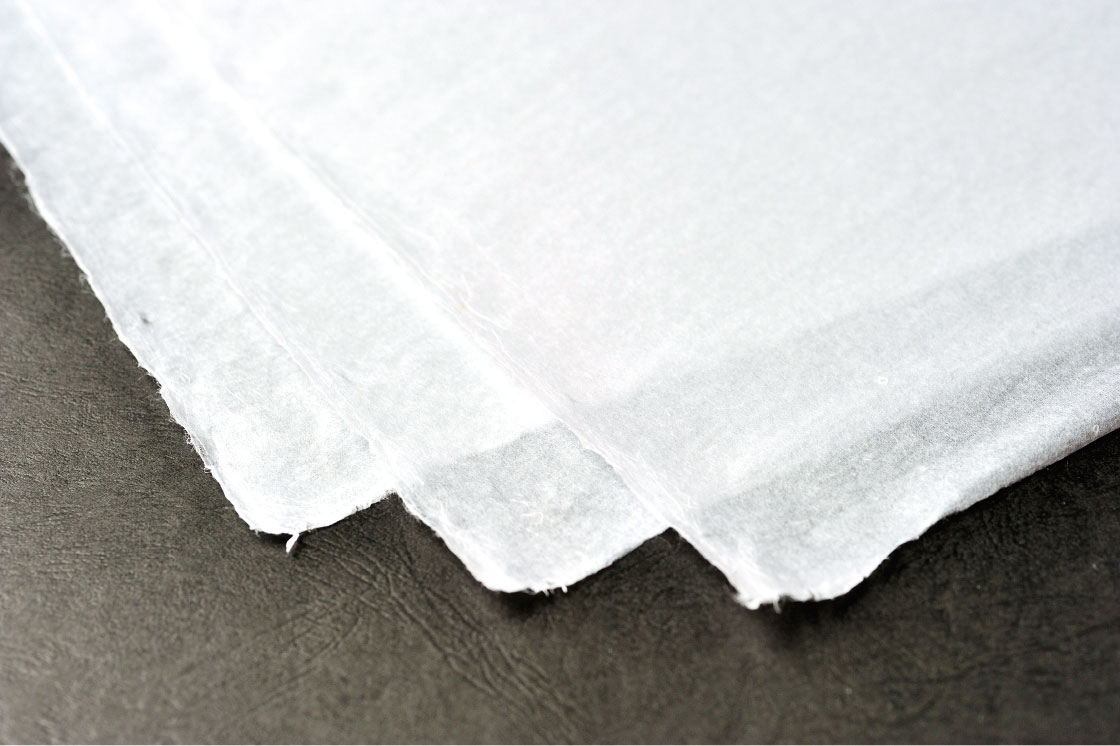
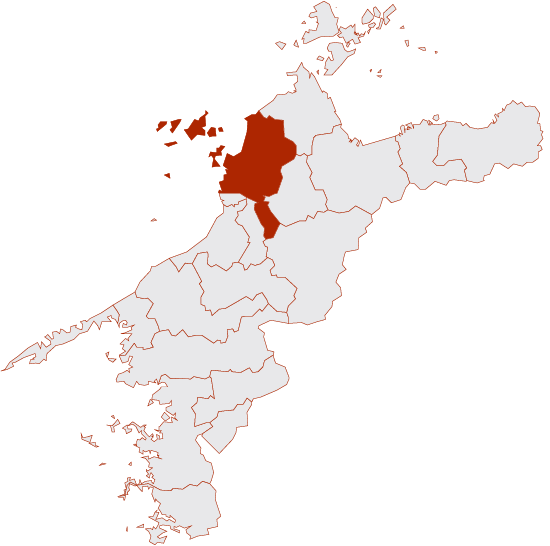
The world's most beautiful smoldering silver
Kikuma tiles are said to have been manufactured in the Kamakura period, about 750 years ago. The town of Kikuma in Imabari City, where the tiles are produced, is warm and has little rainfall, which makes it suitable for natural drying of tiles, and is rich in clay and pine wood for fuel. The tiles are called "Ibushi Tile" because of its silvery luster, and are used in many places from general houses to shrines and temples across the country for their elegance, nobility and solidity.
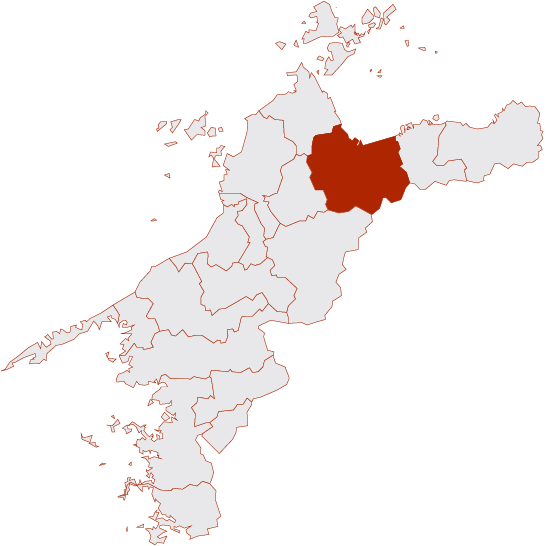
A traditional craft that gets more lustrous the more you use it
Sakurai lacquerware was first produced in the Sakurai area of Imabari City. The history of Sakurai lacquerware is said to date back to about 250 years ago, and it is popular for its affordable quality products. With the development of technology, techniques such as chinkin and maki-e were improved. Nowadays, the company offers a wide range of products such as bowls and trays as well as foot-shaped panels and artistic crystal products for the birth of a child.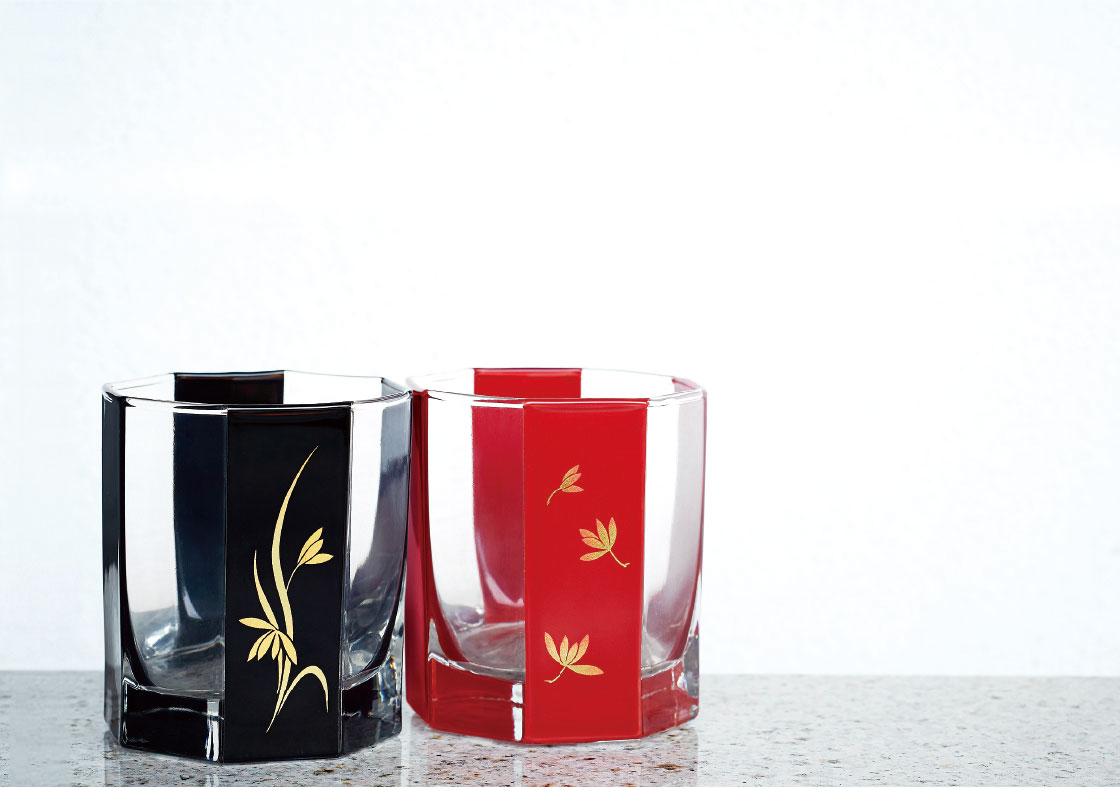

One of Japan's three most beautiful fishes with a dark blue and white weave
Iyo-kasuri is one of the three major fisheries in Japan, and was first made in the late Edo period. It is said to have originated in the late Edo period and was spun by a woman named Kana Kagitani, who spun it in her spare time from farm work. In the Meiji period, improvements in weaving machines improved the production volume, and the popularity of the fabric increased across the country. The texture of indigo was valued, and typical patterns include well and crossbones, jade patterns and hemp patterns. All of them are simple, and the contrast between dark blue and white makes the patterns stand out.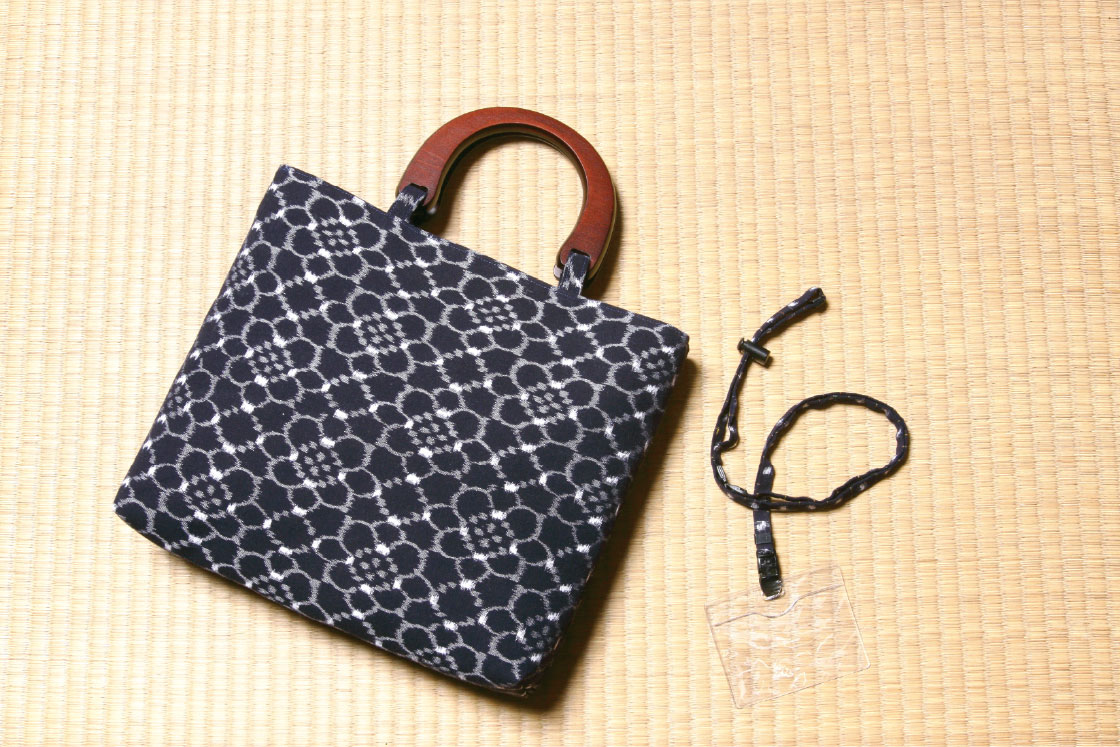
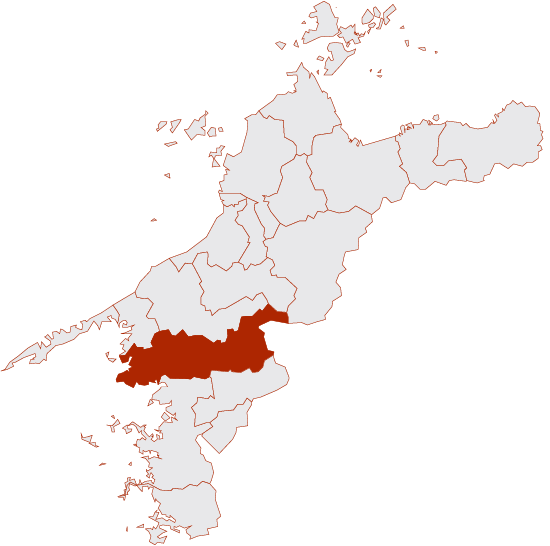
The prestigious Ise Shrine's ceremonial thread
Nomura-cho in Seiyo City in the mid-mountainous region has long prospered through livestock raising and sericulture. Sericulture to produce raw silk thread from silkworm cocoons began in the early Meiji era (1868-1912). Silkworm farmers raise silkworm cocoons from May to November and harvest the cocoons. Silkworm cocoons are delicate creatures and farmers take great care to prevent them from getting sick. Nomura silk is also used to restore Noh costumes.It is also the raw silk for the ceremonial relocation of the shrine once every 20 years at Ise Shrine.
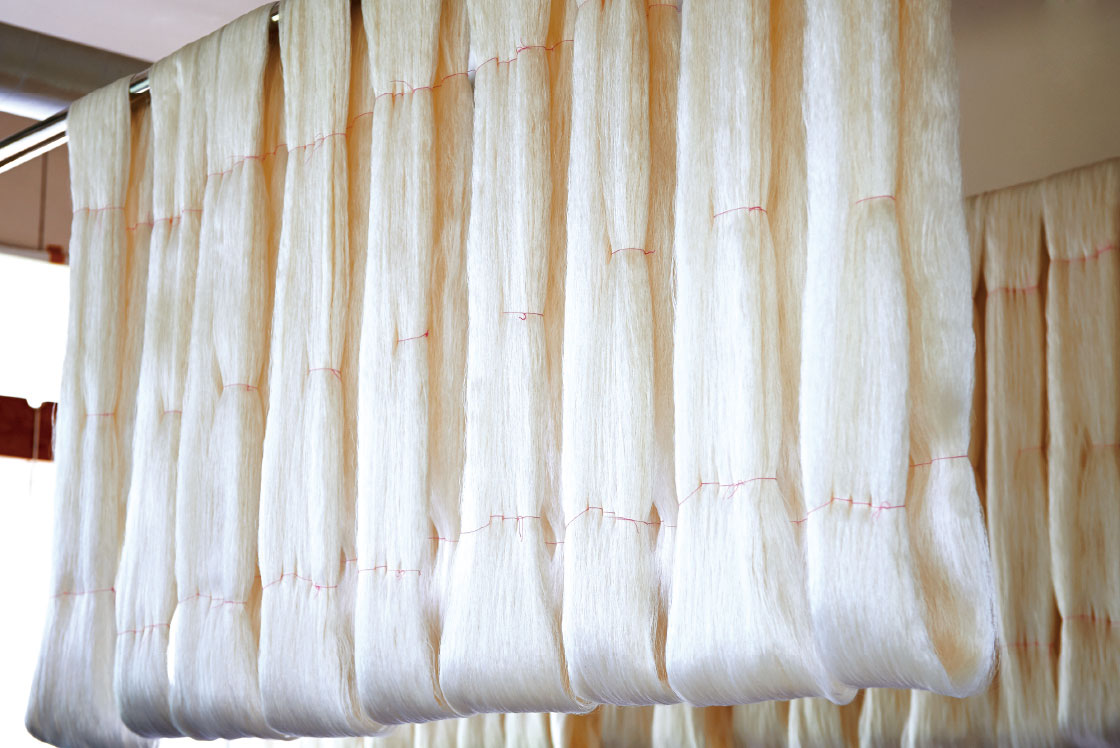

An adorable local toy that represents Ehime
In the 4th century, when Empress Jinko stayed for a while in Dogo Hot Springs, she became pregnant with Emperor Ojin. The elegant princess doll was created in memory of the Emperor's lovely crimson cloak wrapped around her body. From the wooden carving to the papier-mâché daruma, then to the threaded daruma and the gold-ringed daruma, and so on, many elaborate dolls were made while retaining the plump form.